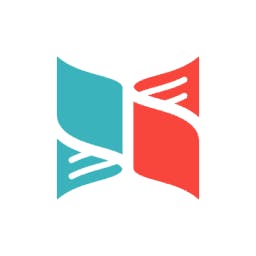
Revenue
$50.00M
2022
Valuation
$395.00M
2022
Growth Rate (y/y)
51%
2022
Funding
$100.00M
2022
Revenue
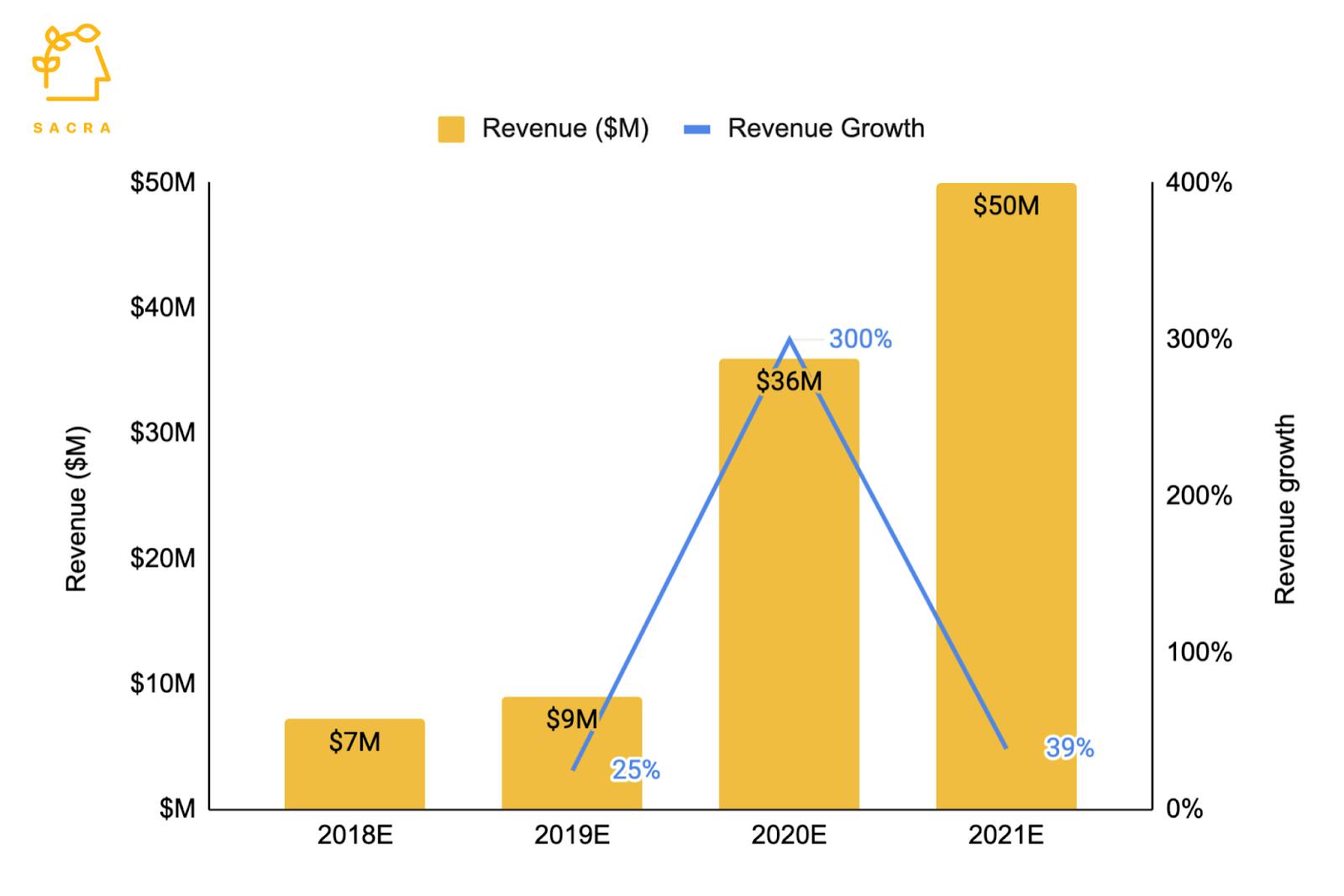
Note: Preply’s revenue estimated using publicly available data.
Preply made $50M in 2021, up 39% from last year. Its revenue grew 4X in 2020, driven both by the shift to digital learning due to COVID lockdowns and from Preply’s expansion into the United States. As of last year, United States clients made up a third of Preply’s total revenue.
Duolingo, in comparison, increased revenue 100% in 2020 to hit $160M. It was growing faster at Preply’s scale, going from $38M in 2018 to $80M in 2019, a 110% increase (Duolingo S-1).
Valuation
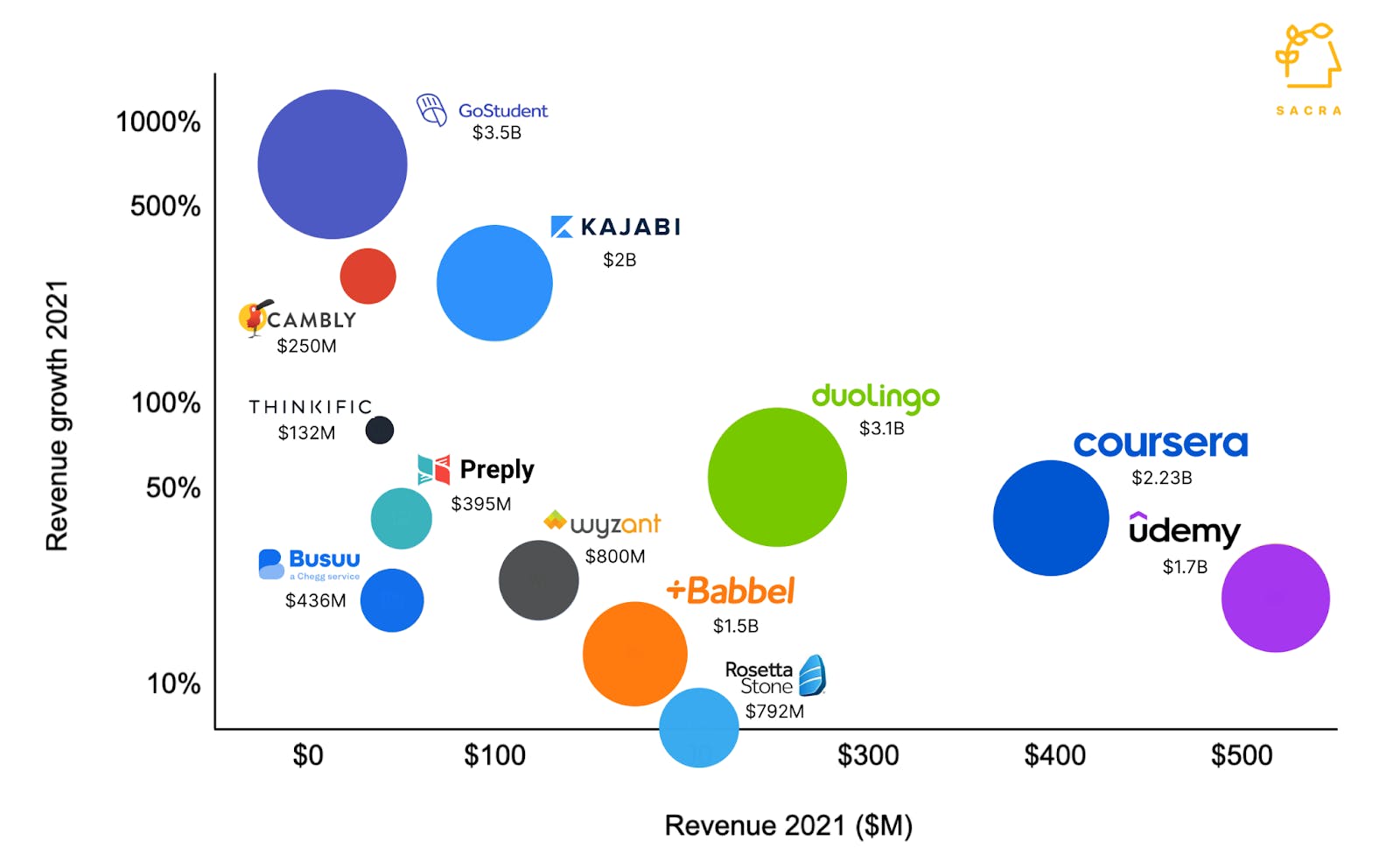
Note: Data for Udemy, Duolingo, and Thinkific gathered from S-1/10K docs. For other companies, valuation, revenue, and growth rate are based on SEC disclosures, Delaware filings, Sacra estimates, and reports from TechCrunch. Bubble size corresponds to company valuation. Vertical axis has a log scale. Estimates are up-to-date for July 2022.
Preply has raised $100M from Hoxton Ventures, Owl Ventures, Evli Growth Partners, and others. It was valued at $395M in March 2022 with a valuation-to-revenue multiple of 8x.
One of its closest competitors, GoStudent, is valued at $3.5B and has raised $685M. Duolingo, the largest language learning app globally, has a market cap of $3.1B with a valuation to revenue multiple of 12x.
Business Model
Preply is an online gig marketplace for live language learning. There are two big notable aspects to their business model: verticalization around the core use case of learning English as a second language, and the geographical arbitrage of labor.
Where marketplaces like Upwork or Fiverr went broad (Upwork offers 500+ categories of different gigs), Preply went highly vertical, designing specifically for helping people acquire English as a second language.
That focus has gotten them tens of thousands of tutors on the platform and made them one of the biggest online marketplaces for language learning. While horizontal marketplaces like Upwork can attract a larger overall number of service providers and seekers, they lack the specific features to make repeated engagements on the platform easier or more efficient—whereas Preply has brought video calls and lesson plans in-app to help tutors and clients work together over the long-term.
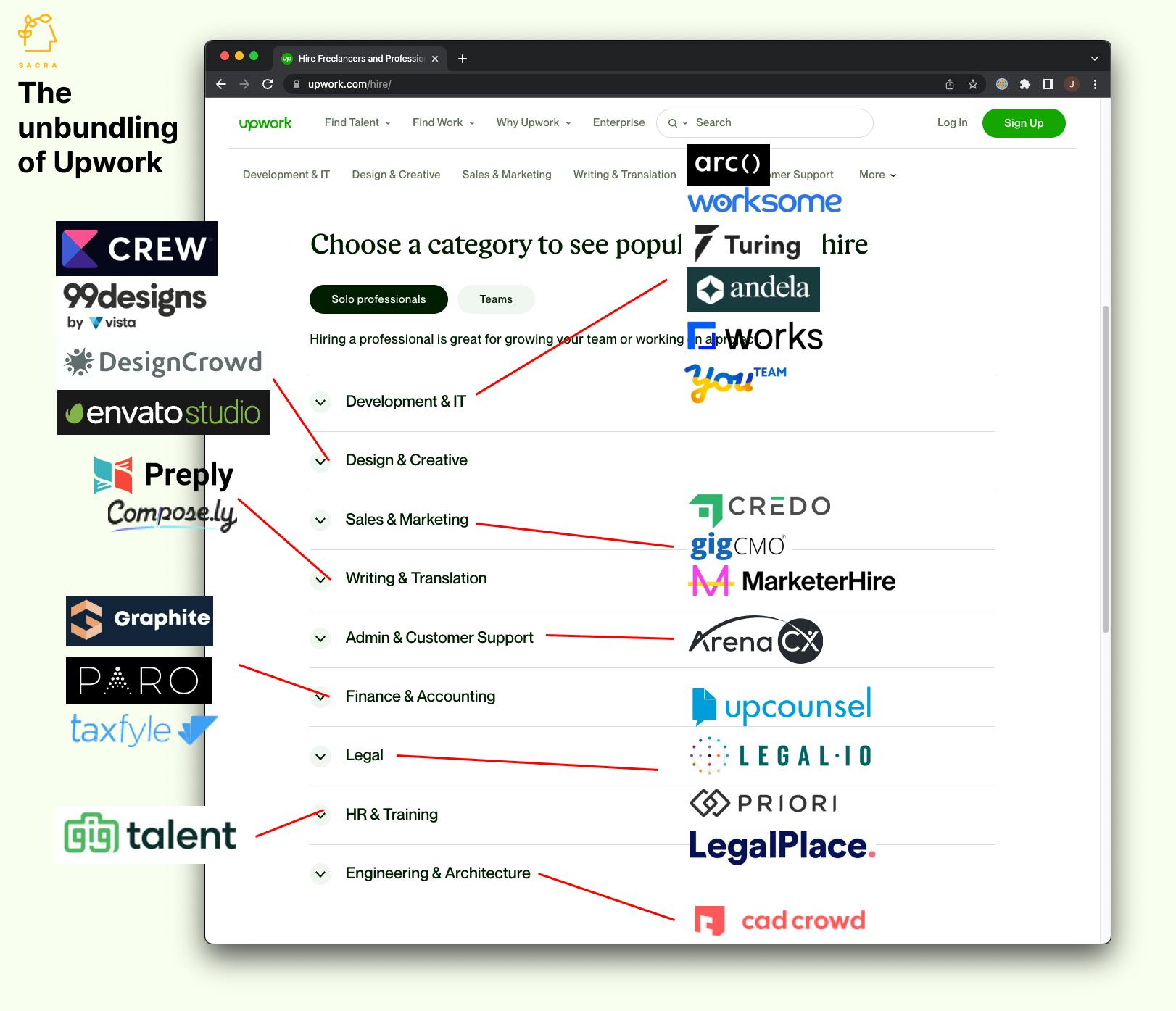
We’re seeing these same dynamics play out across different categories of work: legal, IT, design, accounting, HR, and engineering. Across every major vertical of freelance work, we’re seeing verticalized marketplaces emerge that can provide a better user experience for the supply and demand side both.
Key to the growth cycle of Preply’s marketplace is how it enables geographical labor arbitrage both for clients and for students.
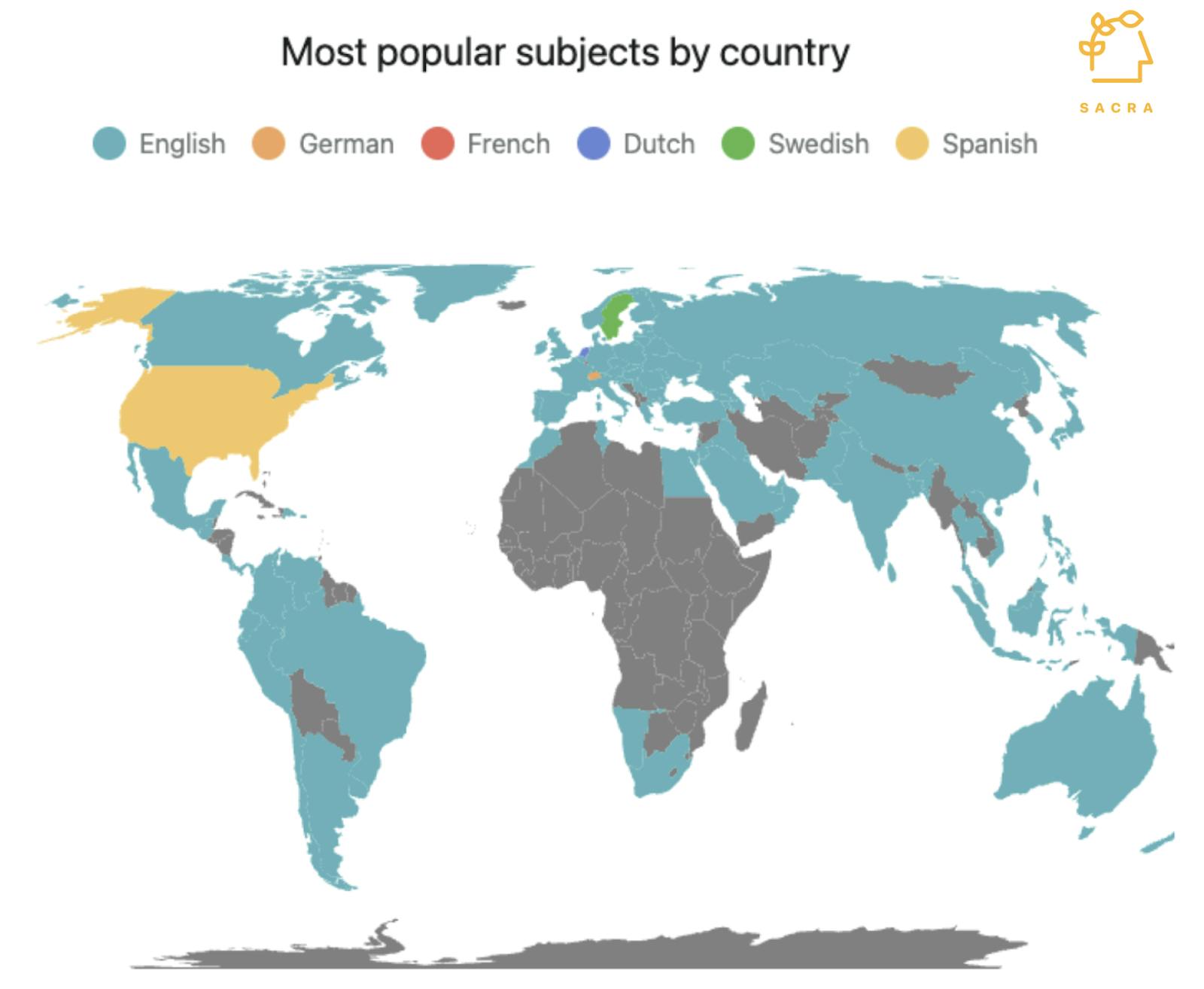
People who want to learn a new language don’t have to do it from someone in their own country—they can do it from someone in the country they want to visit, and potentially pay much less than they would for a domestic teacher.
At the same time, that tutor can get much more money than they likely would teaching English to someone in their home country.
Vertical marketplaces like Preply require more specialized supply and demand, which means they may grow slower than more horizontal marketplaces like Upwork, but once they get going, network effects can make them just as formidable.
Every new tutor on Preply adds value for Preply users; every new user adds a new source of billable hours for the tutors in the marketplace.

Key to the design of Preply’s marketplace are how it facilitates connections between clients and teachers, how it takes work off tutors’ plates, and how it creates liquidity in the marketplace by embedding a concept of trust.
Connecting clients and teachers
Before Preply, tutors looking for work teaching language skills could either search for clients locally (through newspapers and classified ads, as well as localized platforms like Facebook) or via generalized online, public marketplaces like Craigslist. Either way, tutors would have to manage all aspects of their business themselves, from searching for new clients to booking them time to managing their calendar.
Preply’s marketplace brings in a stream of new clients (of which there are 800,000 as of 2022) and offers tutors a place to manage all their existing relationships with clients, book new projects of discrete length and time commitment, and via a video interface called Preply Classroom, run the sessions themselves.
For students, Preply provides another kind of value proposition. Traditionally, your average client interested in learning another language would likely end up taking classes with someone in their home country who knows the target language. Preply offers the ability to lower the cost of language learning by providing access to teachers in other countries who can speak both languages—a client’s home language and their desired language.
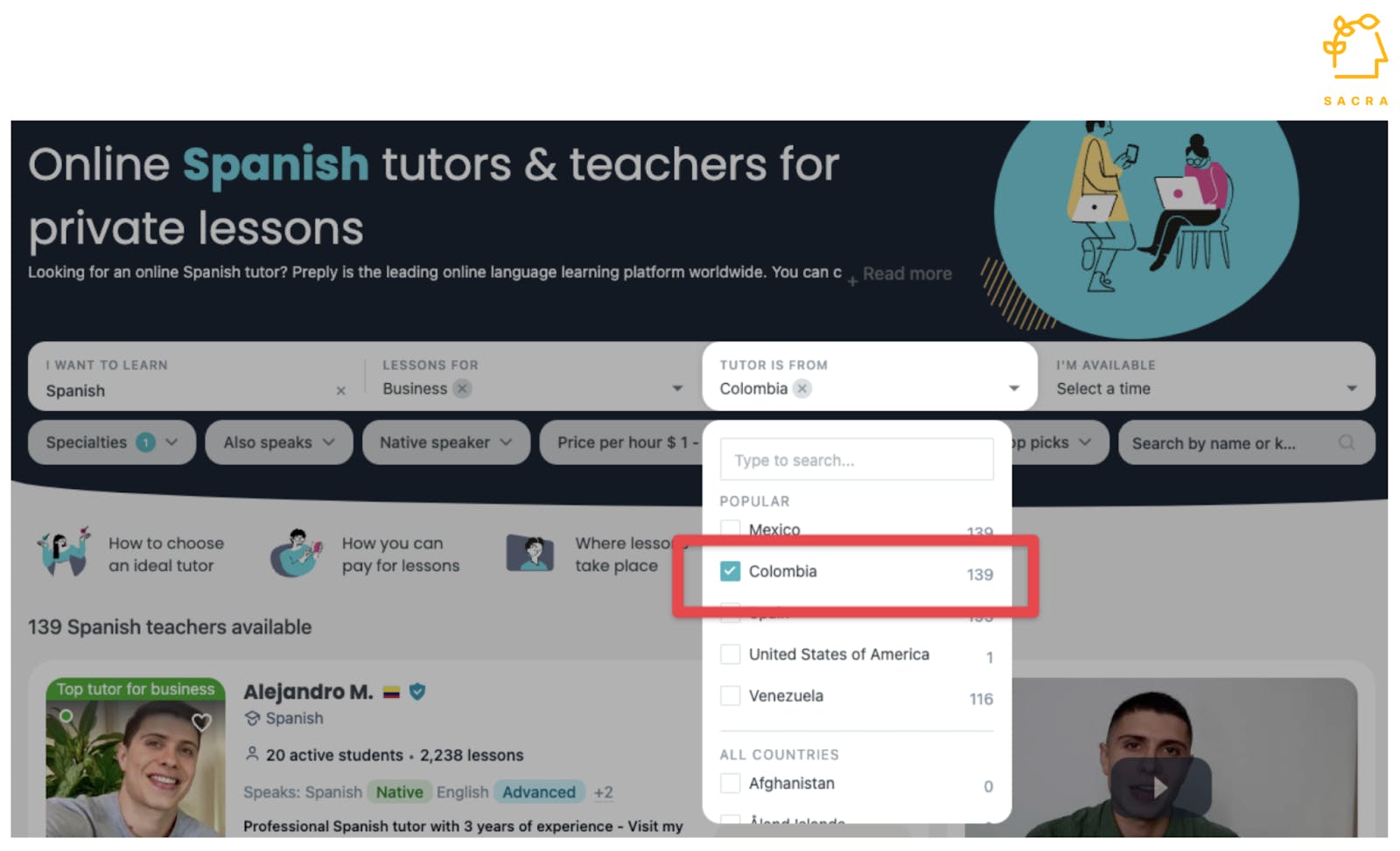
An English and Spanish speaker in Colombia can teach Spanish to an American living in New York City, enabling them to earn a higher salary than they would teaching English in-country, and giving the student on the other side of the transaction a more affordable way to learn the language.
In addition to being more affordable, this model also means that Preply can serve the long tail of “language connections” not available in the subscription-app model of companies like Duolingo.
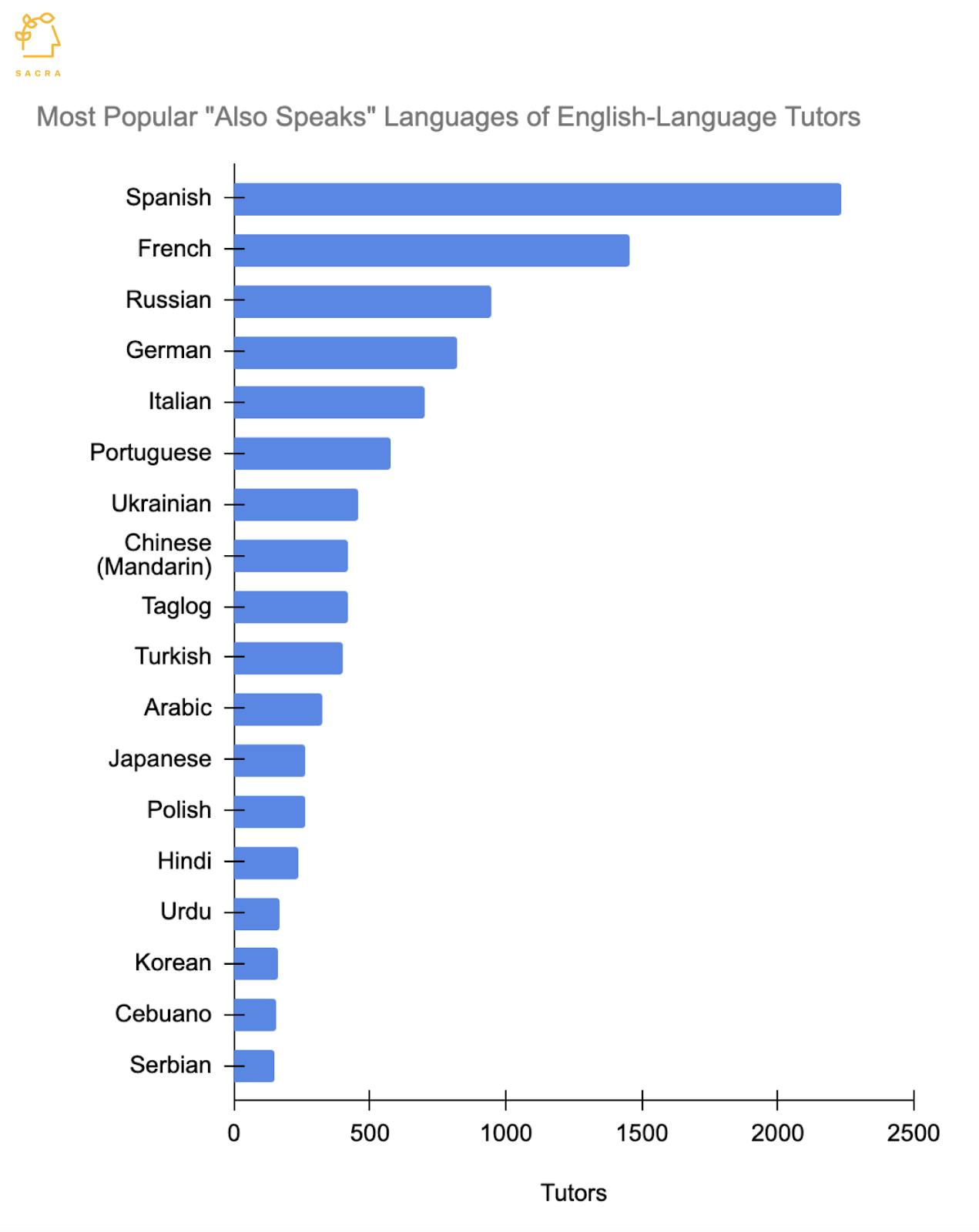
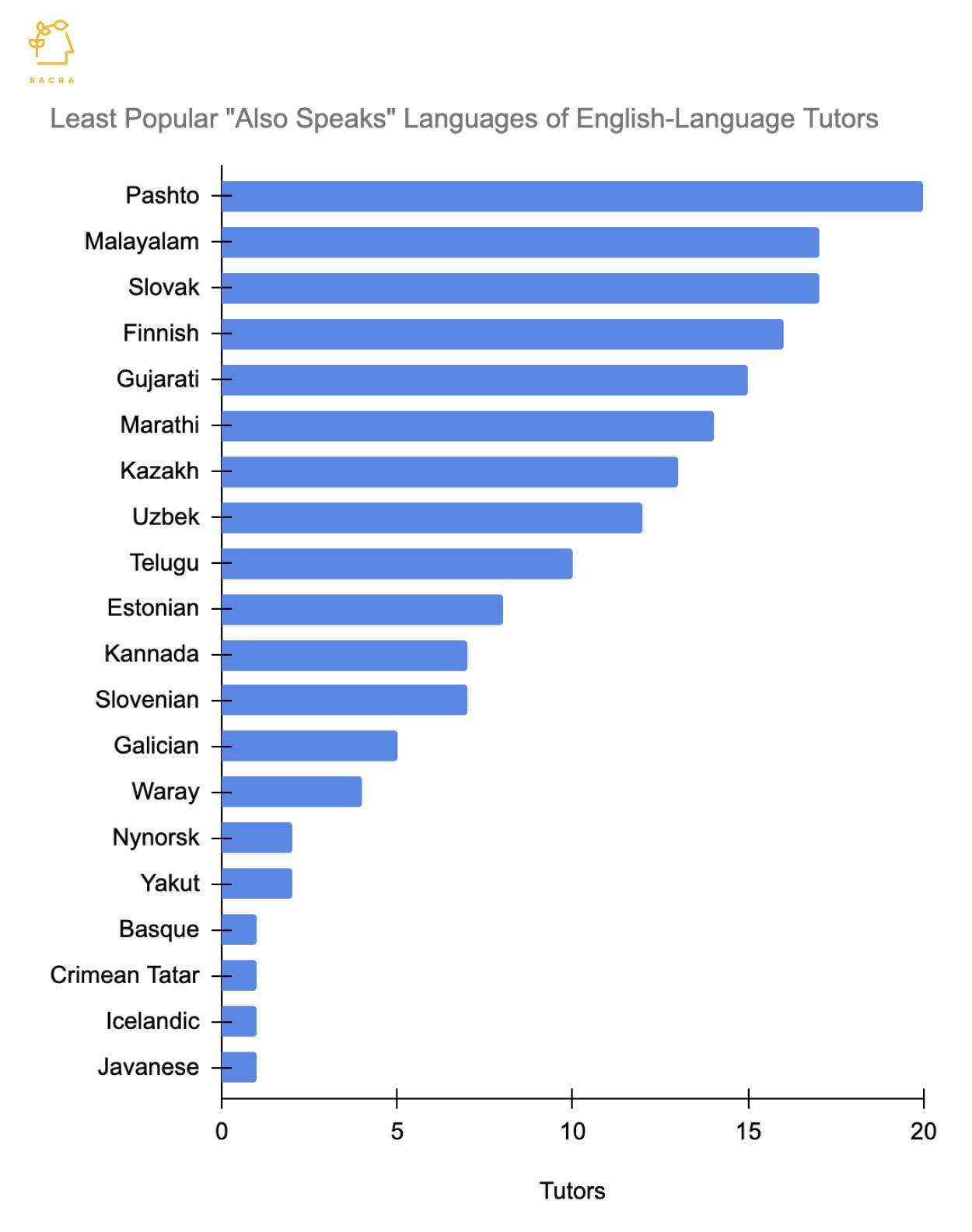
Even native Telugu, Uzbek or Kazakh speakers have 10+ options for English tutors on Preply’s platform.
Managing payments
When transacting on a generalized marketplace or in the physical world, both tutors and their clients have to come up with answers to questions like how much they should charge, how they know they’ll get paid, and how they should handle any disputes.
What verticalized marketplaces like Preply do to make them more attractive than finding a tutor through Upwork or a Facebook group is provide specific guidance and tooling around these kinds of thorny questions.
Preply helps tutors manage the back-office tasks of the job like setting a rate, collecting payments, and getting paid. Preply tutors choose how much they want to get paid, and payments accrue on the platform until tutors withdraw them using Payoneer, PayPal, or Skrill (for withdrawals in US dollars) or Wise (for withdrawals in other currency).
On Preply, tutors can see what other tutors in their area are charging to teach similar subjects, and adjust accordingly if they need more clients—or if they find out they’re not charging enough.
Additionally, Preply provides its tutors with data collected from the platform to help their tutors learn about things like what subjects are experiencing high demand and how they can increase their retention and bookings.
The same way Uber has worked to make payouts available to its drivers as soon as possible after conducting a ride, Preply sends tutors payment to their internal Preply wallet as soon as a lesson has been conducted and confirmed by the student.
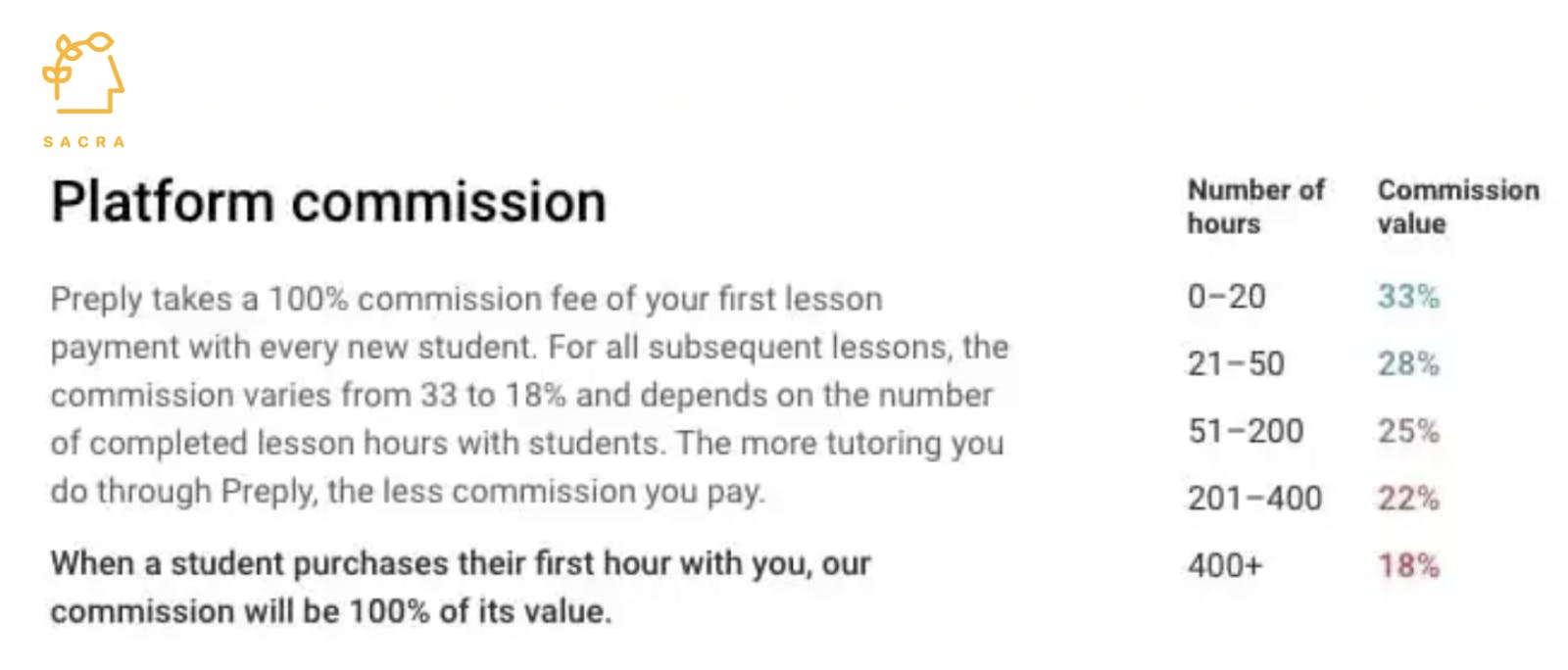
Preply takes a 100% commission on the first lesson a student takes with a tutor, and on subsequent lessons, they take between 18% and 33% commission depending on the number of hours a tutor has completed across the platform (Preply FAQ).
Reputation and trust
Reputation and trust are critical to nail for a marketplace looking to create liquidity—a continually replenishing supply of people on both the supply and demand side of the ecosystem.
On Craigslist, Facebook, and local sources for language learning like classified ads, the reputation of a tutor may hinge on little more than what the tutor themselves has written in their ad.
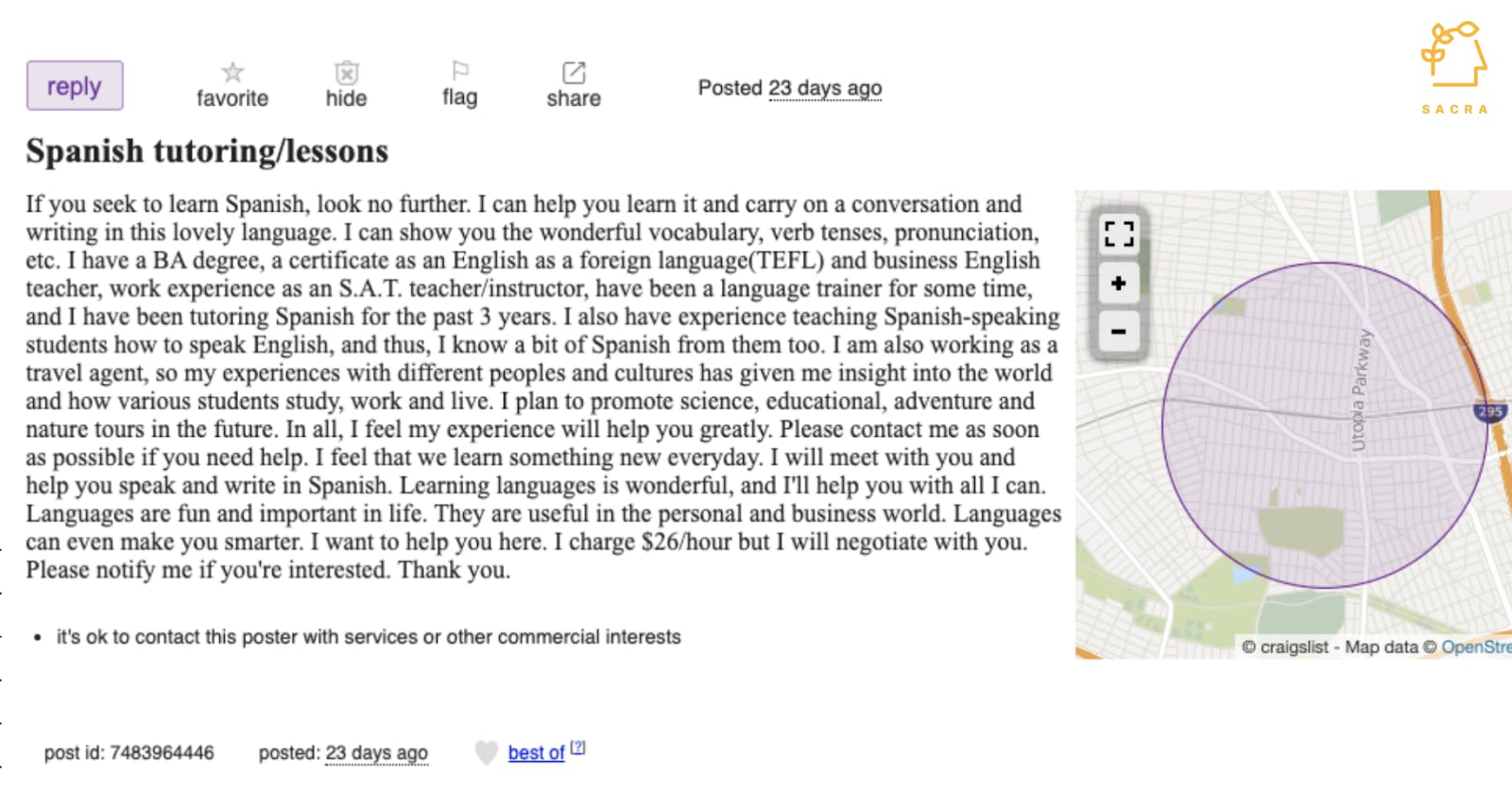
One of the most important functions of marketplaces, from Airbnb to Preply, is how they’re able to instantiate the reputation of a certain listing. Airbnb upended short-term housing by taking Craigslist’s model and introducing the concept of reviews that could tell a potential renter what was special about a property. They also started taking professional photographs of hosts’ properties, replacing user-generated images—and in response, saw listings’ popularity grow considerably.
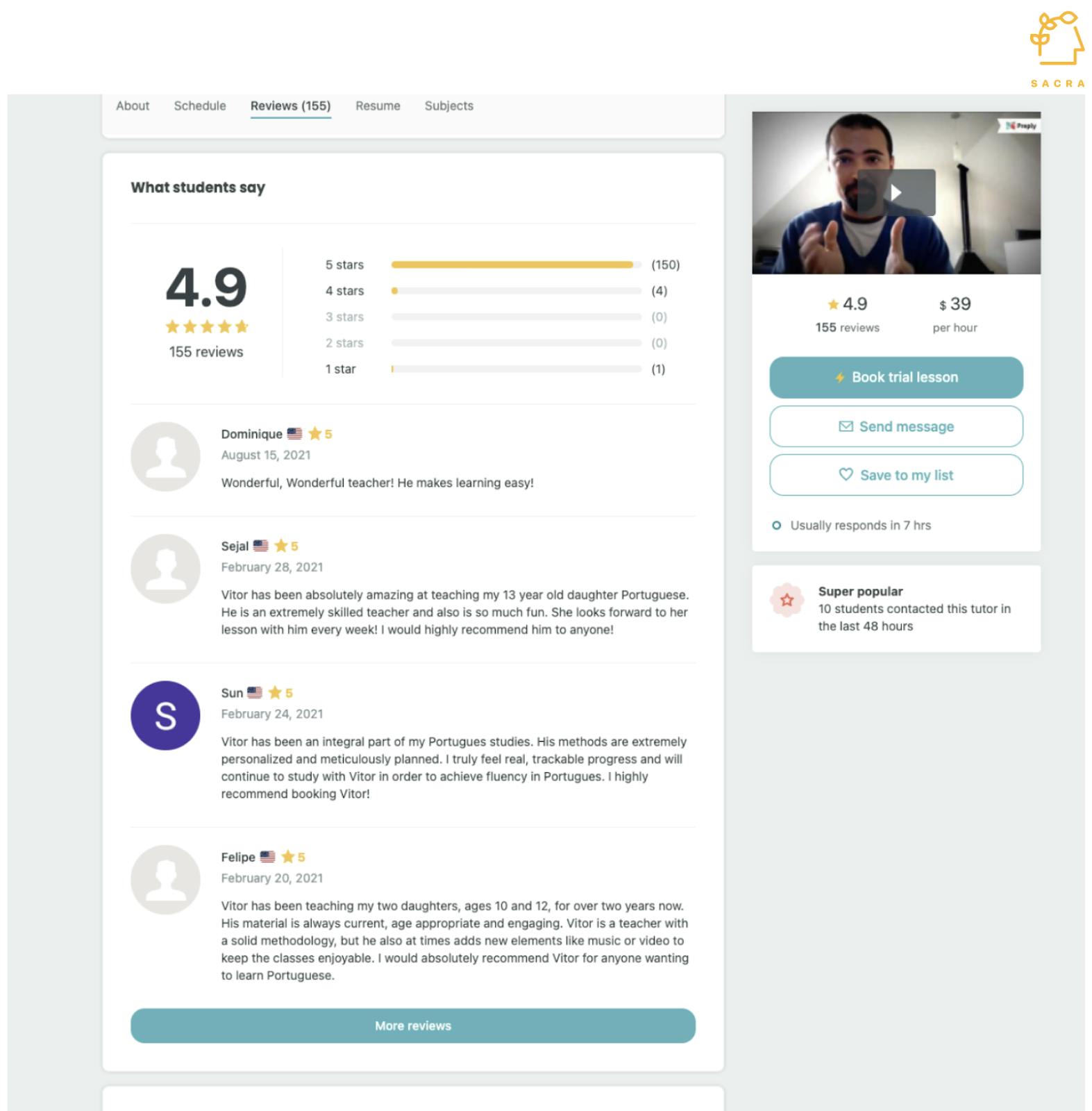
Similarly, Preply shows a tutor’s number of active students, rating, past reviews, as well as specific types of instruction for which that coach is best suited. This helps potential clients sort from amongst the many tutors who might be available in their particular desired language configuration (target and originating language) as well as zero in on the right tutor when it comes to consideration of quality vs. cost.
Product
Preply started as a website for ACT and SAT preparation in 2012, but quickly pivoted to English tutoring in 2013. It achieved product-market fit through a combination of three strategic decisions:
- Instead of competing with large tutoring companies in the US, it started with less competitive markets of Poland, Ukraine, Russia, Spain, and Germany in Europe, and Brazil and Mexico in the Americas.
- Many people in these countries learn English as a life skill to build business relations or collaborate with colleagues, rather than a hobby. Preply connected them with native English speakers who taught how to conduct business in English rather than generic conversational skills.
- Preply spent heavily on online marketing to acquire tutors. Within three years of launch, by 2016, it had 25,000 tutors registered on its marketplace.
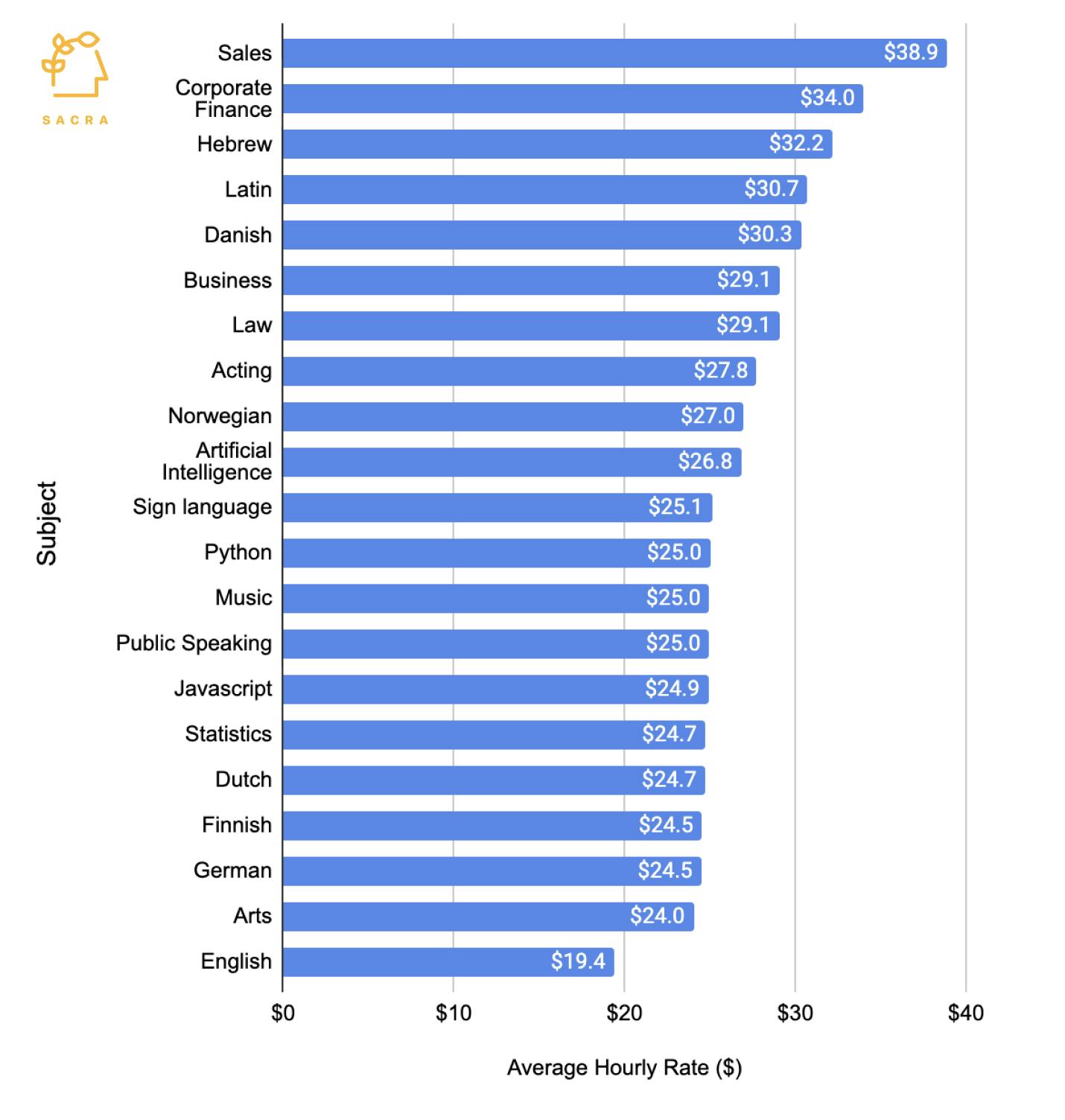
Tutors on Preply are free to set any rates. What they make varies between $10 to $39 per hour, depending on the subjects and their experience. A tutor's average earning is $18.30 per hour, with an English tutor making $19.4 hourly. Rates for non-language subjects are typically more than languages.
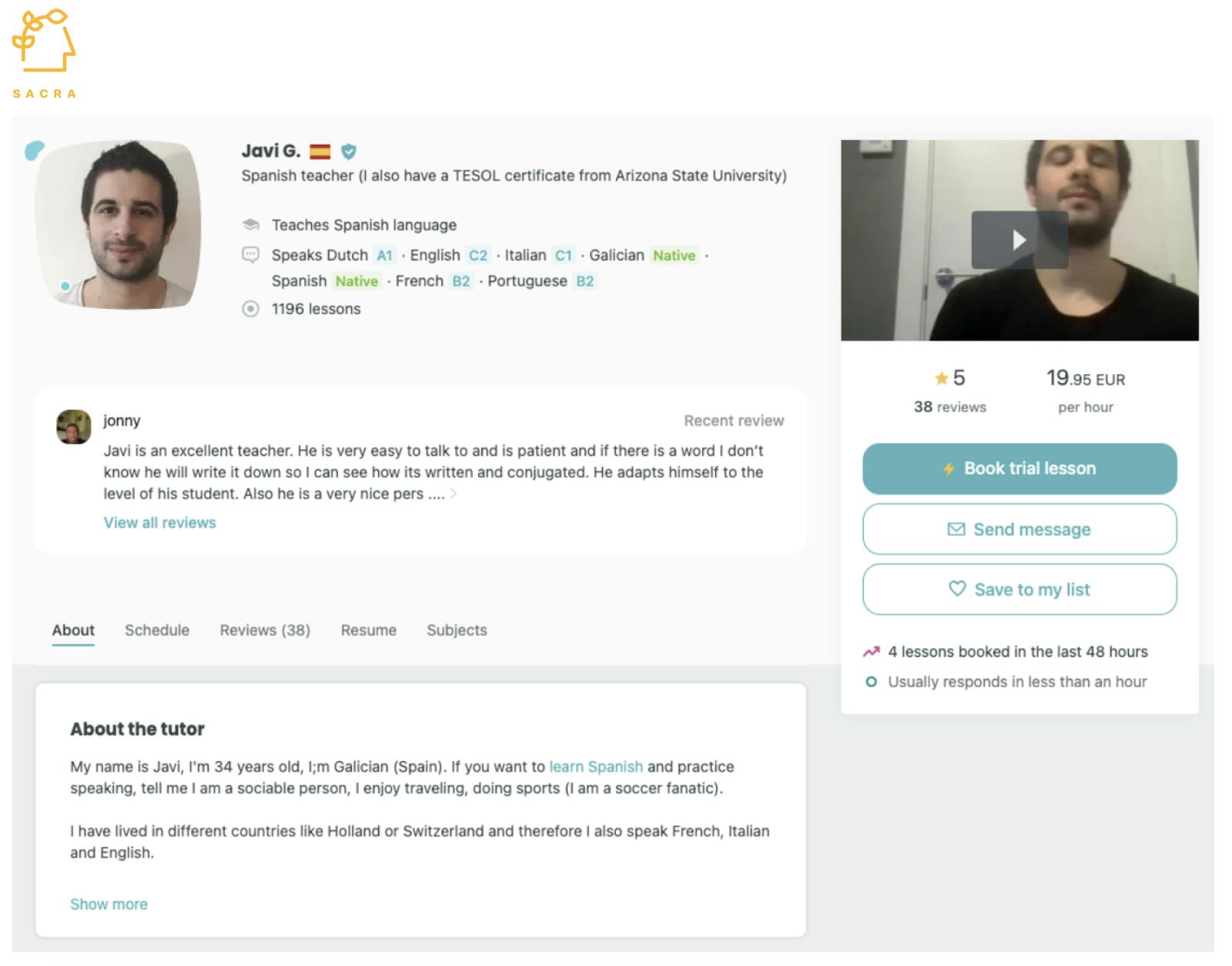
Tutor’s profile page
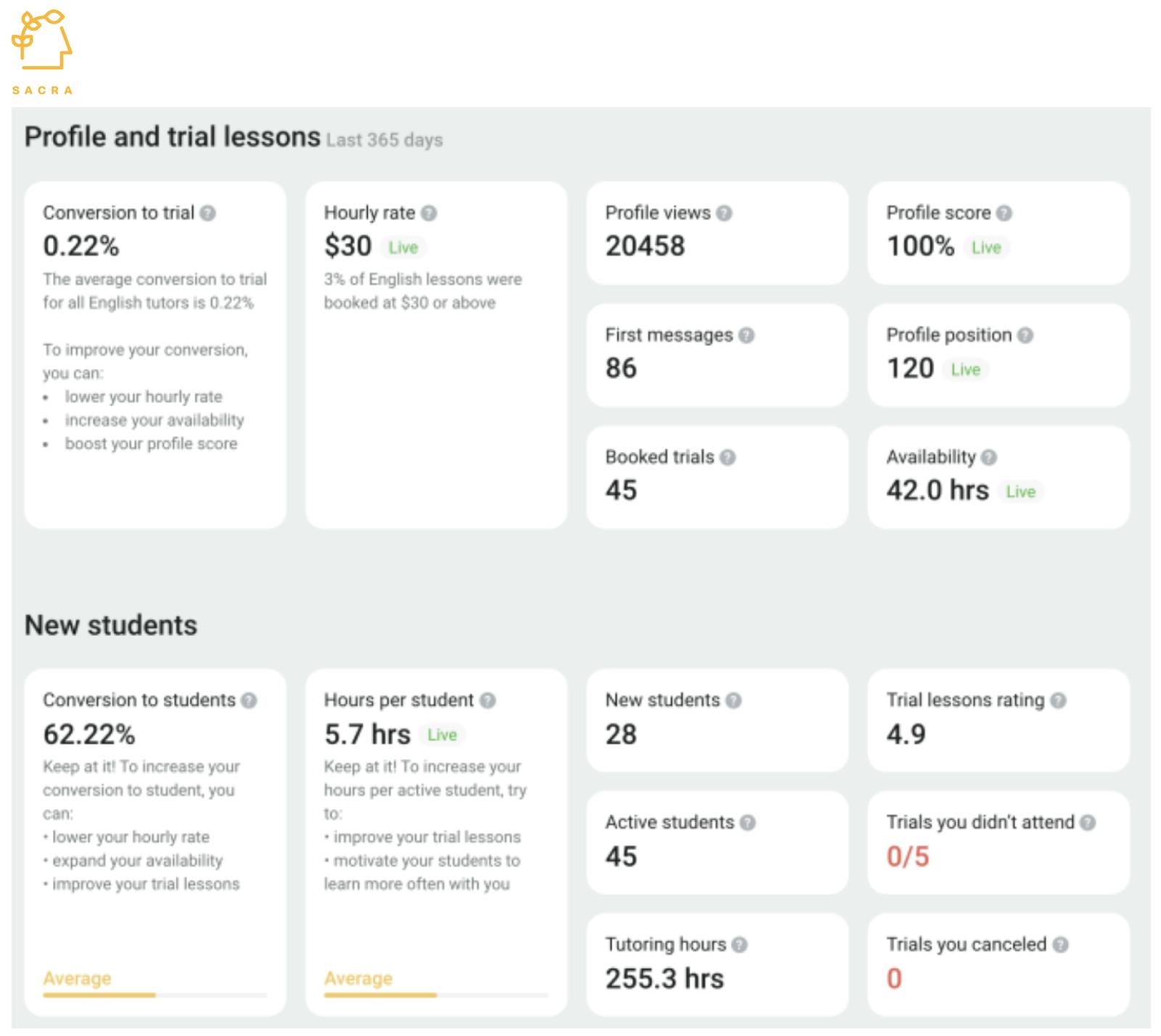
Tutor’s performance dashboard
Students can search for tutors using several criteria: tutor’s language, price per lesson, location, learning context, and time preference. After selecting a tutor, students can view their profile and chat with them.
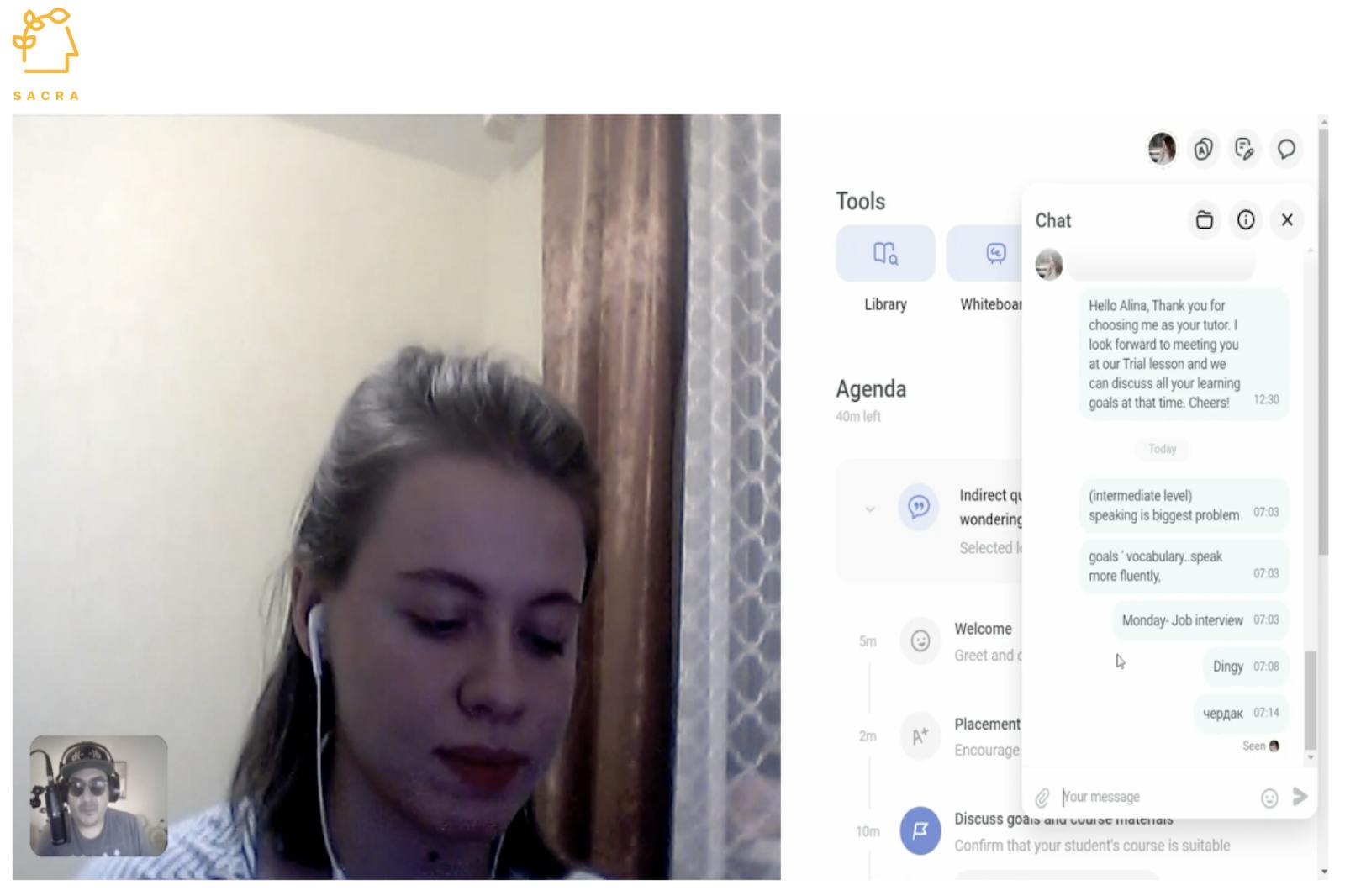
Preply’s online classroom
Competition

Two of the biggest tailwinds driving the growth of the D2C online language learning are the evolution of gig workers to entrepreneurs and the online language learning market moving online more broadly.
Evolution of gig workers
An estimated 500M knowledge workers now work remotely (Gartner). As more and more of the human capital in the economy has moved online, we're now seeing gig workers evolve from sporadic contract workers into solo entrepreneurs who form proprietorships and monetize their skills through teaching, coding, or consulting. The strong growth of platforms that support these solo entrepreneurs confirms this shift.
Upwork, a gig working marketplace, saw a 40% YoY increase in its GMV in 2021 (Upwork Investor Relations). GMV of Thinkific, a platform for online course creators, increased ~4X from $112M in 2019 to $414M in 2021 (Thinkific IPO Prospectus). For Preply, there’s a large pool of tutors who don't teach as a hobby but to make a living.
Language learning market moving online
Amidst COVID tailwinds, the online language learning market is expected to grow 2.5X faster than the offline language learning market , increasing its market share to 41% by 2025 (HolonIQ Research). This is also evident in the app stores, where the education apps are the third most popular category after games and business apps (Statista). English will continue to dominate online language learning with a 91% market share in 2025.
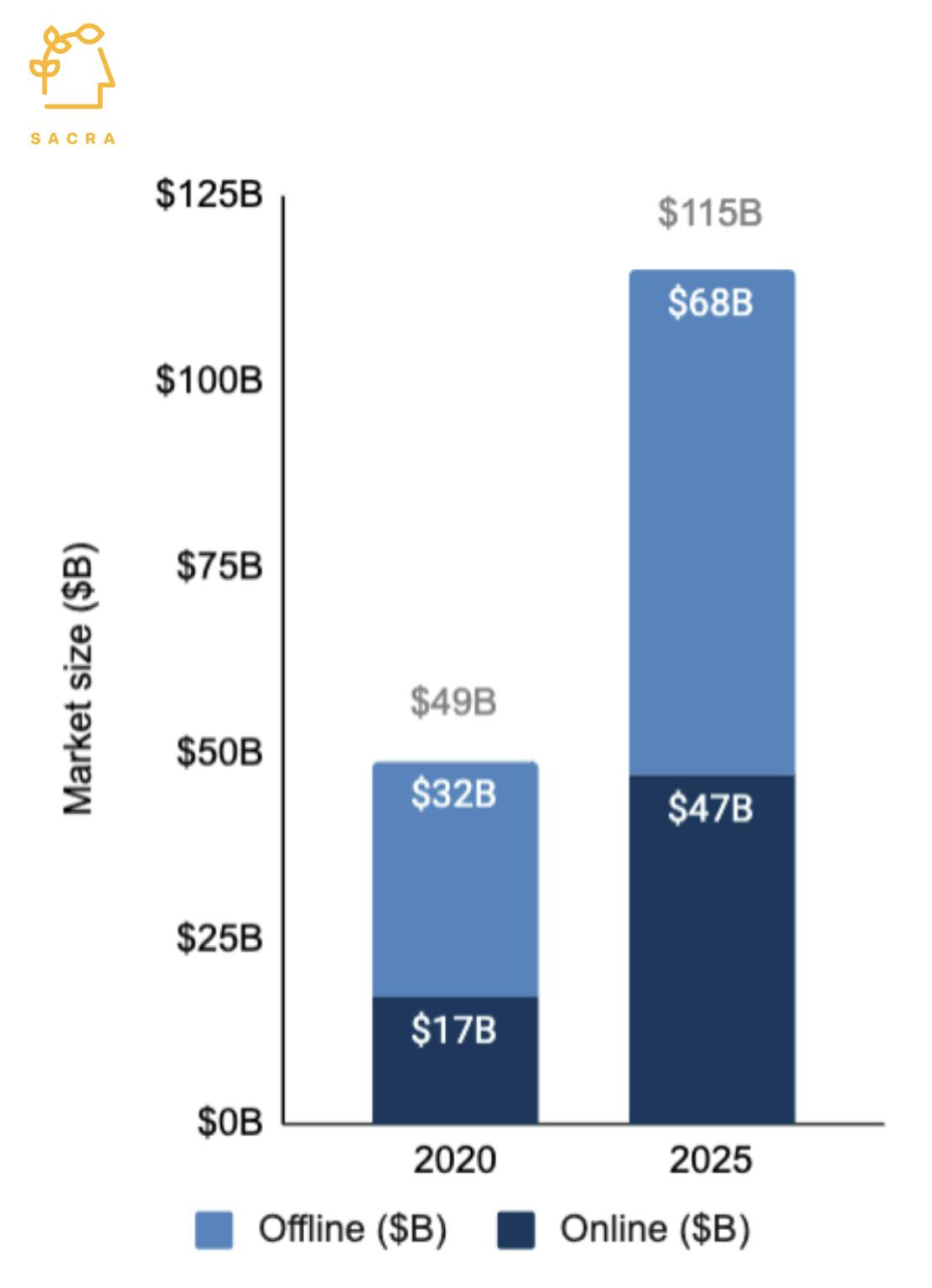
D2C language learning market shifts online (HolonIQ Research)
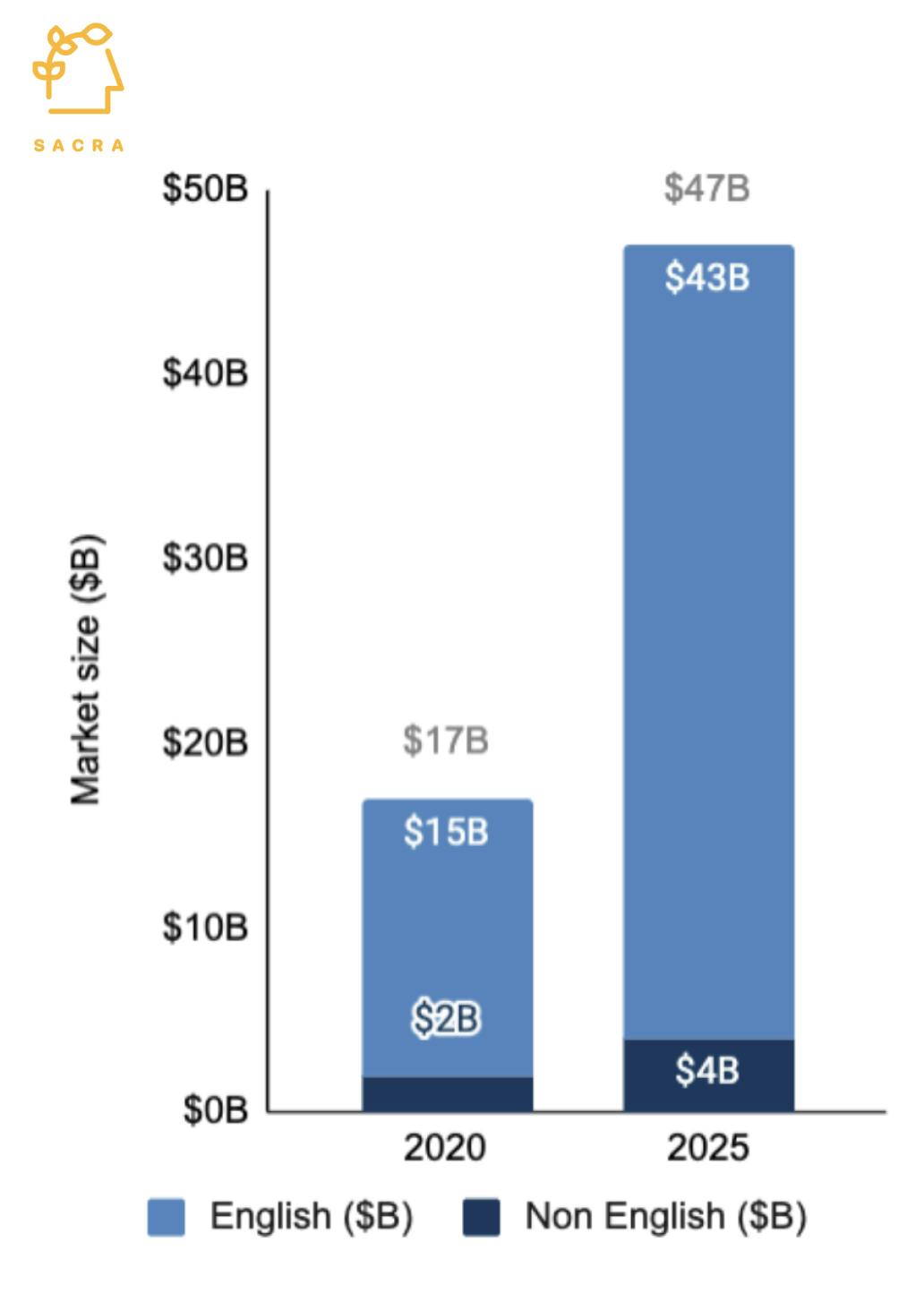
Dominance of English in the online D2C language learning market (HolonIQ Research)
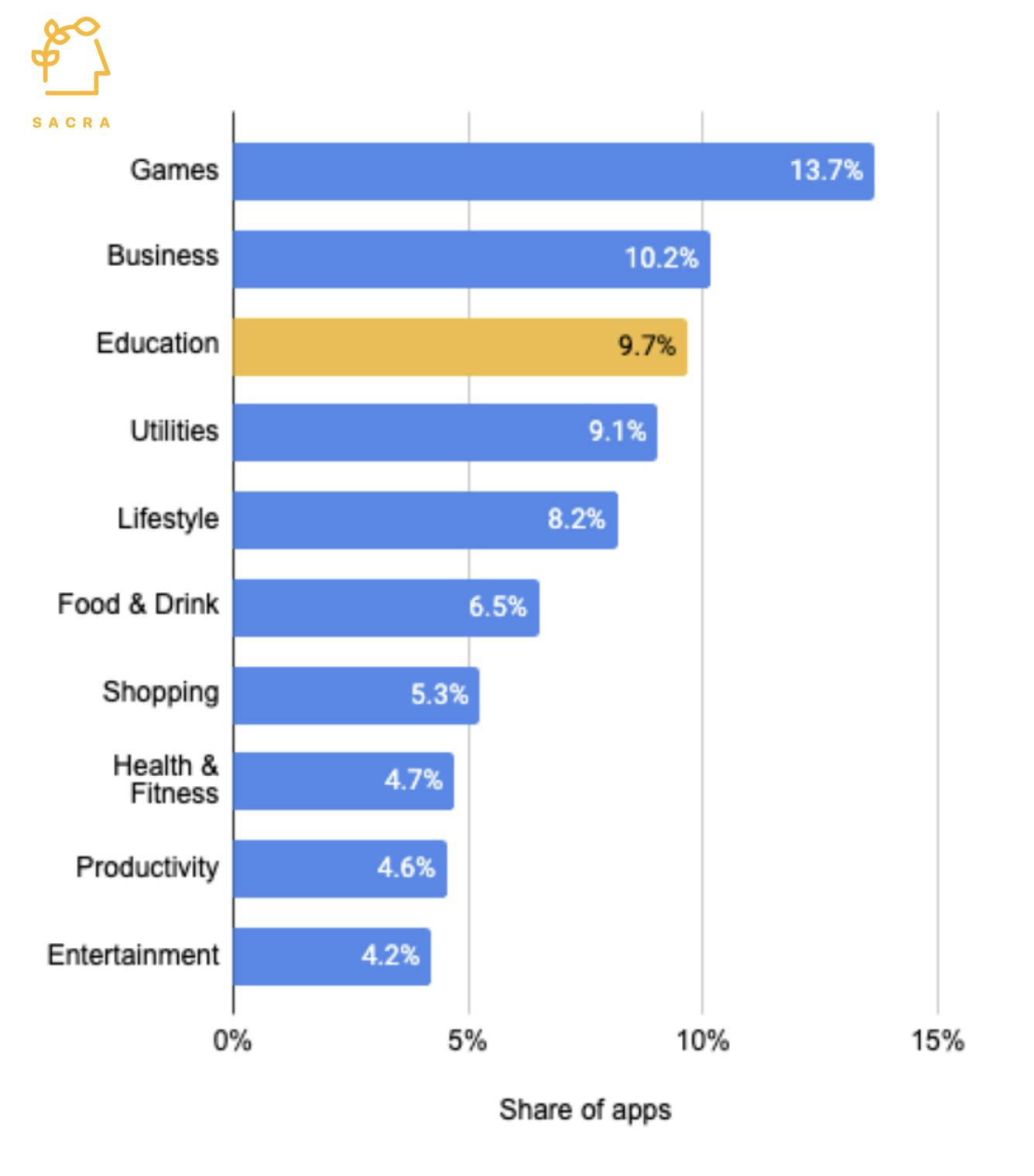
Share of apps on app stores (Statista)
When it comes to learning a new language, students have two choices, learning offline or online. The offline language learning market is larger than the online market, with a 66% market share (HolonIQ Research). However, this market is highly fragmented, dominated by local/regional players, usually expensive, with variable tutor quality and lack of standardization.
The online learning market has four core types of companies. There are marketplaces and platforms, with each coming in horizontal and vertical varieties.
Marketplaces
Marketplaces come in two varieties—horizontal and vertical—which both fundamentally look to connect clients (people looking to learn a new language) with tutors (people looking to teach a language).
The vertical marketplaces typically allow tutors to decide what they want to charge for their classes and make their live easier with SaaS-style tools like scheduling, shopfront, wallets, etc. Most of the time, tutors are free to bring in their own content. They also do the heavy lifting of getting students to the website so tutors have access to them.
The horizontal marketplaces like Udemy and Coursera are more standardized, give clients access to a broader range of subjects that they can learn about, and lack specific features for tutors.
Key company: GoStudent
GoStudent is one of the largest tutor marketplaces globally that pairs K-12 students with private tutors offering 30+ subjects, including language learning. Like Preply, students can take 1-on-1 trial lessons and continue learning by paying for future lessons. Students can buy a prepaid package with a fixed per session cost that can be used across different subjects and tutors. The per session cost varies from $32 to $50, decreasing with more hours purchased.
Unlike Preply, GoStudent is a managed marketplace. Once students fill the requirements, there are no search results. Instead, someone from GoStudent gets in touch with them to set up the trial lesson.
GoStudent is valued at $3.5B and made an estimated $12.5M in 2021. It has over 11M users globally and makes money by taking a 35% commission from tutors’ earnings.
Key company: Wyzant
Wyzant is the largest tutoring marketplace in the US for online or in-person private tutoring. It has 65,000+ tutors that offer 300 subjects, including language learning. Students pay for each session in a pay-as-you-go pricing model.
Wyzant’s tutor search engine isn’t as exhaustive as Preply, and it doesn’t ask about the context of learning or interest in bi-lingual tutors. Also, the search results for popular languages throw up 1000s of responses which could be overwhelming for students.
Wyzant makes money by charging a 25% commission from the tutors’ earnings. In 2021, students booked 1M+ lessons through Wyzant. It was acquired by IXL Learning in 2021 for an undisclosed amount.
Key company: Cambly
Cambly is a subscription-based live-tutoring marketplace. Like Preply, it offers tutor search, scheduling, and interactive live classroom sessions. But tutors can't charge what they want. Instead, students pick up a subscription and take as many classes as possible within the subscription, while Cambly pays tutors a fixed fee. Tutors make $10.2 per hour for teaching adults and $12 for teaching kids.
Platforms
On the other hand, platforms are SaaS tools that let tutors build their own fully customizable shopfronts to sell courses ala Shopify for merchants. They don’t charge any commission, and tutors take home all their earnings, but the burden of getting students is on the tutors. Another key difference is that, unlike the marketplaces, tutors own their audience and can take their email list with them if they leave the platform.
Platforms have pre-determined learning paths, and students cannot browse through listings to select a specific tutor they want to learn from or even what they want to learn next, in some cases. Instead, the app decides what lessons are shown to the students based on their profile and progress. Most of them use some form of gamification and interactive assignments for engagement.
Vertical platforms like Duolingo are focused on language learning, while horizontal platforms like Thinkific and Kajabi look to enable all kinds of online teachers to work with students.
Key company: Kajabi
Kajabi is one of the largest platforms for tutors to sell their courses. It integrates multiple features such as community, email system, landing pages, CRM, and payments into one bundle for them. Over 50,000 teachers sell their courses on Kajabi and have 17.7M students. Kajabi is valued at $2B and made $100M in 2021.
Key company: Duolingo
Duolingo is one of the largest language learning platforms with 42M Monthly Active Users (MAU) and over 500M downloads. It offers 40 languages, taught through bite-sized lessons and interactive quizzes. Duolingo’s key innovation was to make language learning fun, convenient, and snackable by gamifying the learning experience through badges, streaks, and celebratory nudges.
It offers a $7 monthly subscription with an ad-supported free tier. Duolingo made $251M in 2021, out of which 72% ($181M) came from subscriptions, with 6% (2.5M) of its MAU as paid subscribers. It offers separate plans for schools and enterprises.
The US is its largest market with 44% revenue, followed by the UK at 10%. Duolingo is better for casual learners who want to build basic language skills than those looking to master a language.
TAM Expansion
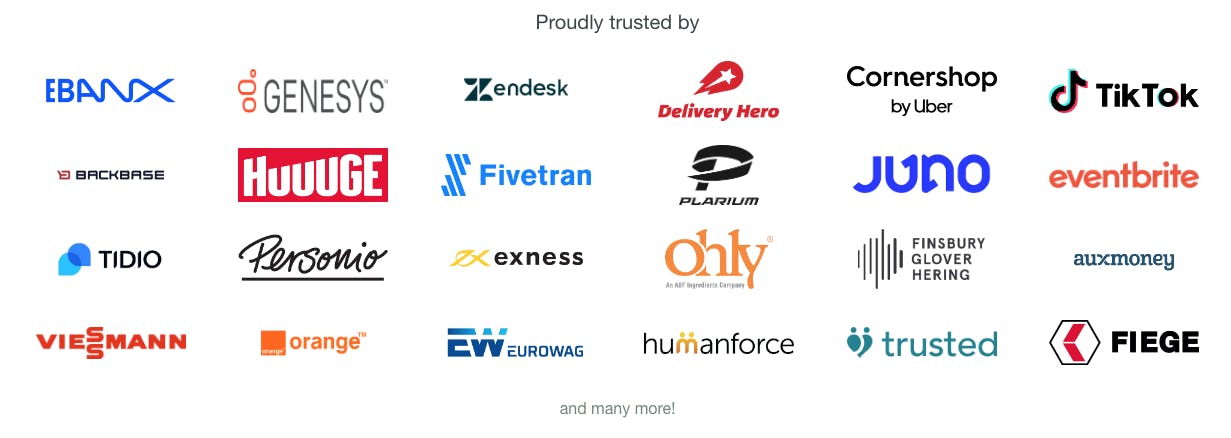
Preply launched its enterprise product to sell language learning into larger companies in 2020. Customers include TikTok, Cornershop by Uber, Zendesk, Eventbrite, Fivetran, Delivery Hero, and Backbase. Corporate training is currently offered in English, Spanish, and German.
Continuing to grow their enterprise customer base stands to be a powerful source of future revenue growth and stronger economics for Preply as enterprise revenue tends to be both more recurring and higher margin than non-enterprise revenue.
At Upwork, the enterprise business has become the biggest driver of growth. In Q4’21, overall revenue grew 29% year-over-year to $136.9M, while enterprise revenue grew 65% year-over-year to hit $10.5M. Management expects to hit $300M in enterprise revenue by 2025, growing at a CAGR of 70%. Their increased enterprise adoption has also driven up their average spend per client, which has grown from $4,016 in Q1’21 to $4,742 as of Q1’22 (Upwork Investor Relations).
Enterprise adoption has seen significant COVID tailwinds elsewhere across the learning market. Coursera’s enterprise business grew by 70% to $120M in 2021 (Coursera Investor Relations). Preply’s enterprise business grew faster than the D2C business at 230% in 2021-22. The global market for B2B language learning is expected to hit $20B in 2025 (OC&C Digital Language Market Study).
Subscription-based pricing
The digital products market is shifting from a pay-as-you-go model to subscription-based pricing. It is driven by consumers’ demand for affordable pricing and companies wanting to smoothen out their revenue and deepen their engagement. It is expected that by 2023, 75% of D2C companies will offer some type of subscription service.
This shift is also visible in the online language learning market. Pay as you go marketplaces such as Coursera and Udemy have launched all-you-can-eat subscription plans.
Coursera launched the subscription model in February 2020 at $399 annual fee and had 50,000+ subscribers by the end of 2020, indicating promising growth. Udemy launched a subscription plan in early 2021, which is available in select markets at an annual fee of $360.
Subscription plans offer a way for companies to retain learners in the absence of employer-sponsored training programs. This directly improves margins as selling subscription bundle doesn’t need creation of any new courses or content. Udemy’s consumer segment gross margin increased from 55% in 2020 to 66% in 2021, on the back of subscription signups.
For Preply, there are two possible subscription options. One is like Udemy and Coursera, a student buys a subscription and can access as many courses/tutors as they want. This will help Preply in cross-selling more courses and improving tutors’ fill rate while improving retention. But it will require significant retooling as Preply currently sells fixed hour packages to students.
Another option is to expand its current model of selling packages for a tutor to a subscription model by replacing the ‘buy hours’ button with ‘subscribe to tutor’ button. This reduces the retooling of their systems and reduces the friction of buying more hours when students start running out of hours. This also improves a student’s LTV as they continue to learn deeper language skills with the same teacher. But it doesn’t give Preply the chance to cross-sell courses across teachers.
Expansion to other subjects
One of the ways in which marketplaces expand is by stacking new products to bring more supply to the platform that attracts new demand and increases transaction volume.
For instance, Airbnb started as a way to rent a spare bed or bedroom in someone’s apartment. It later added more products like apartments and home rentals, verified apartments, accommodation for business travelers, booking trips and experiences, luxury vacation rentals, and condos designed for home-sharing. By layering more products, Airbnb doubled its TAM from short-term stays ($1.8T) to experiences ($1.4T) and long-term stays ($210B) (Airbnb S-1).
Coursera has grown similarly in the online learning market. It started with courses that offered learners worldwide a certificate from a leading university. It then added specializations that group 4-5 courses for a deeper knowledge of a subject, online degrees, and enterprise offerings for businesses. Today, Coursera generates one-third of its revenue from enterprise customers and degrees, which did not exist when Coursera started (Coursera Investor Relations).
Preply today offers only one product, live tutoring. The big opportunity for Preply is to offer more products to its 800,000+ student base that create new monetization opportunities.
One product opportunity is to go hard on non-language subjects. Preply has 300+ subjects, but 95% of its revenue comes from language courses. This makes cross-selling new courses difficult. By adding more non-language subjects, Preply can move a student learning English to a business presentation course and a student learning algebra to an English course, improving fill rates for all tutors.
Another opportunity is to offer language proficiency certifications that complement or replace existing certificates. Duolingo offers an online English proficiency test accepted by 3500+ colleges, with a few of them using it as an alternative to TOEFL and IELTS. The English test contributes 10% to Duolingo’s topline (Duolingo S-1).
Risks
Tutor retention
As the demand for online language learning grows, a critical task for Preply is to retain high-quality tutors and acquire new tutors continuously. Many language tutors teach on more than one platform to make more money as payouts from just one platform aren’t substantial. A tutor who teaches up to 10 hours per week on Preply makes $117 monthly, and someone who teaches for 40 to 50 hours every week makes $1416 on average every month. Tutor churn is mentioned as an issue in several reviews.
Commoditization of online language learning
Almost all online language learning marketplaces, such as Preply, GoStudent, Wyzant, and others, offer many of the same overlapping features. New features launched by one are easily copied by others. As many tutors teach on multiple platforms, the quality of teaching is also indistinguishable. Thus, students select for lower price than exceptional teaching quality impacting the revenue upside of running a marketplace.






Fundraising
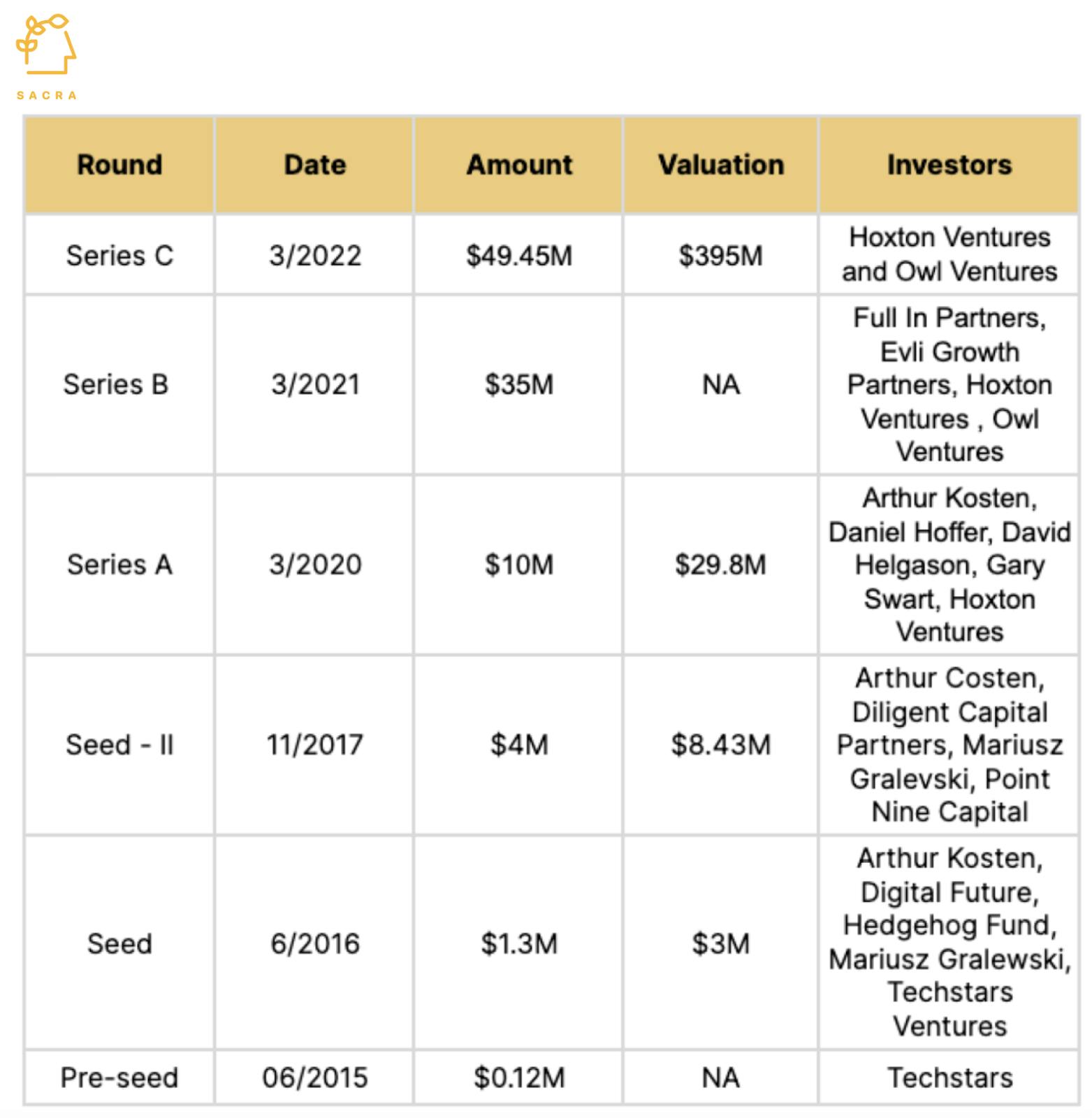
Appendix

Disclaimers
This report is for information purposes only and is not to be used or considered as an offer or the solicitation of an offer to sell or to buy or subscribe for securities or other financial instruments. Nothing in this report constitutes investment, legal, accounting or tax advice or a representation that any investment or strategy is suitable or appropriate to your individual circumstances or otherwise constitutes a personal trade recommendation to you.
Information and opinions presented in the sections of the report were obtained or derived from sources Sacra believes are reliable, but Sacra makes no representation as to their accuracy or completeness. Past performance should not be taken as an indication or guarantee of future performance, and no representation or warranty, express or implied, is made regarding future performance. Information, opinions and estimates contained in this report reflect a determination at its original date of publication by Sacra and are subject to change without notice.
Sacra accepts no liability for loss arising from the use of the material presented in this report, except that this exclusion of liability does not apply to the extent that liability arises under specific statutes or regulations applicable to Sacra. Sacra may have issued, and may in the future issue, other reports that are inconsistent with, and reach different conclusions from, the information presented in this report. Those reports reflect different assumptions, views and analytical methods of the analysts who prepared them and Sacra is under no obligation to ensure that such other reports are brought to the attention of any recipient of this report.
All rights reserved. All material presented in this report, unless specifically indicated otherwise is under copyright to Sacra. Sacra reserves any and all intellectual property rights in the report. All trademarks, service marks and logos used in this report are trademarks or service marks or registered trademarks or service marks of Sacra. Any modification, copying, displaying, distributing, transmitting, publishing, licensing, creating derivative works from, or selling any report is strictly prohibited. None of the material, nor its content, nor any copy of it, may be altered in any way, transmitted to, copied or distributed to any other party, without the prior express written permission of Sacra. Any unauthorized duplication, redistribution or disclosure of this report will result in prosecution.